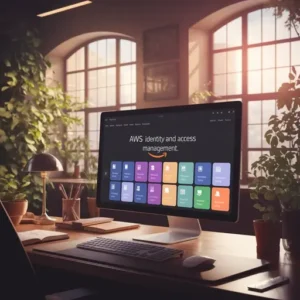Shared Responsibility Model in Cloud Computing: A Closer Look at IaaS, PaaS, and SaaS
Cloud computing has become an essential part of modern businesses, offering scalable and flexible solutions to meet diverse computing needs. To ensure security and data protection, a shared responsibility model is implemented in cloud computing, defining the responsibilities of both cloud service providers (CSPs) and customers. In this blog post, we will explore the shared responsibility model in the context of Infrastructure as a Service (IaaS), Platform as a Service (PaaS), and Software as a Service (SaaS). Additionally, we will provide examples to illustrate how this model applies to each cloud computing model.
Infrastructure as a Service (IaaS)
In the IaaS model, the CSP is responsible for the underlying infrastructure, while the customer retains control over their applications, data, and operating systems. Let’s examine the shared responsibilities:
CSP Responsibilities: The CSP is responsible for securing the physical infrastructure, network, and platform. They ensure physical security, maintain network security measures, and manage the data center. For example, Amazon Web Services (AWS) provides secure data centers, manages network security, and offers services like Amazon EC2 for virtual servers.
Customer Responsibilities: The customer is responsible for configuring and securing their virtual machines, applications, and data. They manage access controls, apply security patches, and maintain application security. For instance, a customer using IaaS would be responsible for setting up firewalls and securing their virtual servers.
Platform as a Service (PaaS)
In the PaaS model, the CSP provides a platform for application development and deployment, with the customer responsible for the applications and data. Consider the shared responsibilities:
CSP Responsibilities: The CSP ensures the security of the underlying platform, including the runtime environment, database, and development tools. They provide security measures such as encryption and access controls. For example, Microsoft Azure’s Azure App Service offers a secure platform for application hosting.
Customer Responsibilities: The customer is responsible for developing, configuring, and securing their applications within the PaaS environment. They handle application security, data protection, and user access management. A customer using PaaS would be accountable for securing their application code and implementing proper user authentication.
Software as a Service (SaaS)
SaaS provides ready-to-use software applications accessible over the internet, with the CSP managing most of the security measures. Let’s examine the shared responsibilities:
CSP Responsibilities: The CSP is responsible for securing the SaaS application, including network security, data encryption, and user authentication. They maintain the infrastructure, handle updates, and ensure compliance. For example, Salesforce offers a secure CRM platform with robust security measures.
Customer Responsibilities: The customer’s responsibilities primarily revolve around managing user access, data usage, and configuring the application within the provided framework. They define user roles, access permissions, and data privacy settings. A customer using SaaS would be responsible for controlling user access to the application and properly handling sensitive data.
Conclusion
Understanding the shared responsibility model is crucial for both CSPs and customers in cloud computing. While CSPs are responsible for securing the underlying infrastructure, network, and platform, customers have responsibilities related to application development, configuration, and data protection. Examples like AWS for IaaS, Azure App Service for PaaS, and Salesforce for SaaS showcase how the shared responsibility model is applied in real-world scenarios. By adhering to this model, organizations can establish a strong security posture and mitigate risks effectively in their cloud computing deployments.


